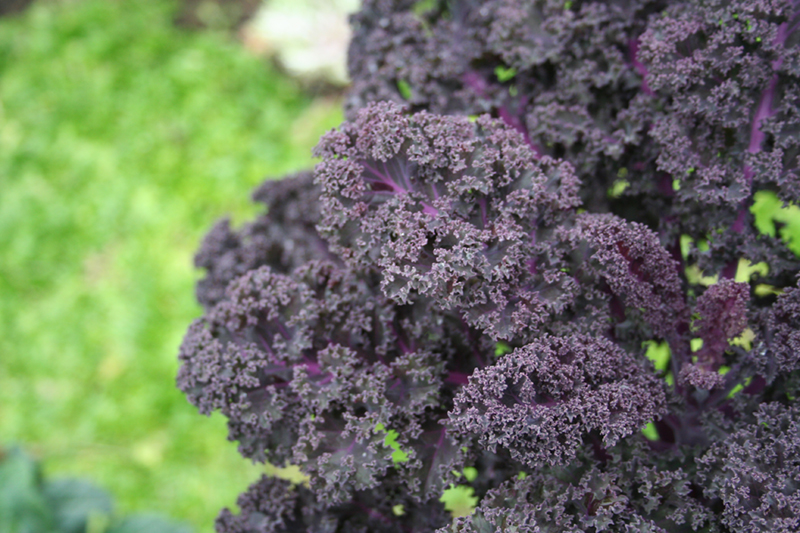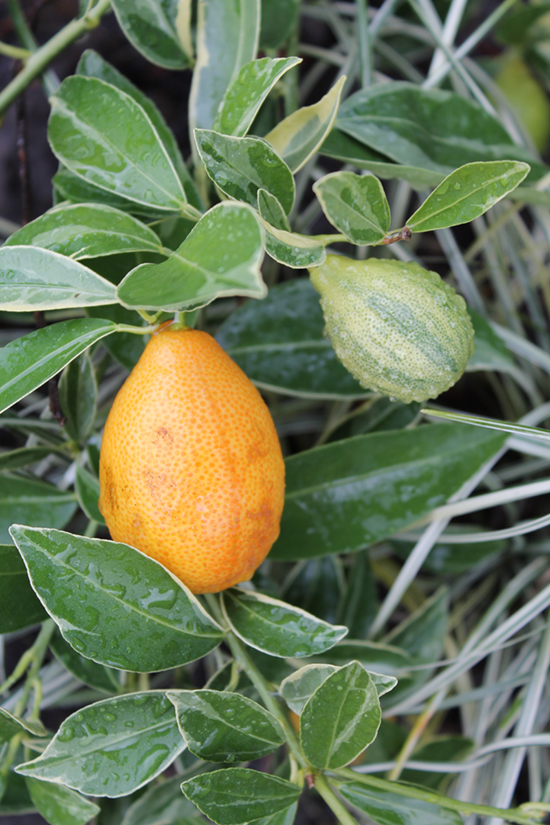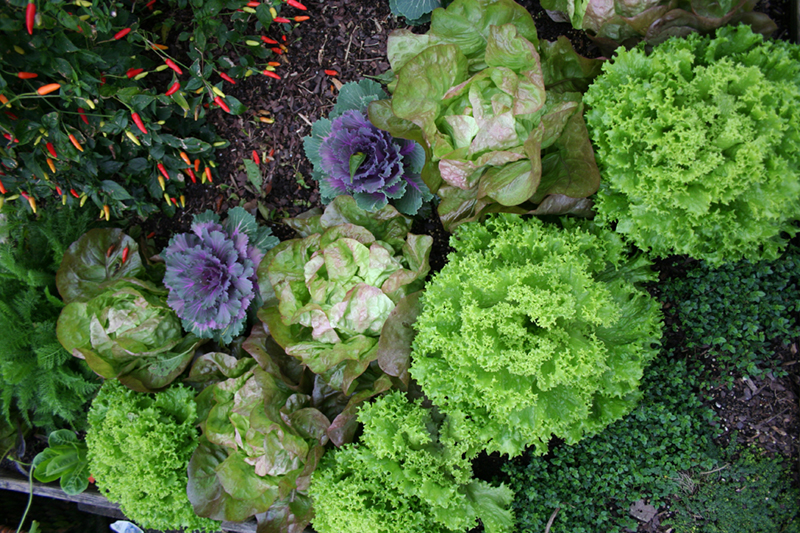Have you ever wanted to grow your own kale, cook with fresh herbs or pick your own berries? You don’t have to sacrifice your neatly maintained landscaping to grow your own food. And with a little finesse you can even make the edibles in your front yard attractive enough to fool your HOA.
Growing your own food is worthwhile for many reasons. Apart from the obvious benefit of getting food out of the deal, you’re also getting a much tastier tomato than you’d find in the produce aisle. Many of the vegetable varieties you can grow at home are more flavorful, attractive and unique because you have thousands of hybrids and heirlooms at your disposal.
Cook authentic Italian cuisine with Genovese basil, Tuscan kale, San Marzano tomatoes and a host of heirloom squashes and eggplants. Replicate Southeast Asian recipes perfectly with lemongrass, galangal, turmeric, lemon basil and bitter gourd. You just can’t get produce like that at the grocery store, and it couldn’t be any fresher than picked from your own garden.

Kale is an attractive plant in its own right, but purple kale takes the cake.
Not convinced that growing edibles in your landscaping is right for you? Here’s the kicker: Edibles, for the most part, are actually attractive plants if you use them correctly.
Many edible plants are just as beautiful as flowers. Take the humble and unassuming bean, for example. The common pole or bush beans on the seed rack may be boring, but the ‘Italian Rose’ bean’s intense pods of mottled rose and chartreuse beg to differ, and the ‘Red-Podded’ asparagus bean’s two- to three-foot-long pods of purple tenderness are anything but bland. You would be forgiven for seeing a fence covered with colorful heirloom beans from a distance and thinking they were flowers.
Making the most of edibles
Despite the potential beauty of edible landscaping, many skeptics associate it with ugly vegetables — whether it’s because the plants are infested with bugs, diseased and yellowed, declining at the end of the season or just plain weedy looking.
Tomatoes are a good example, since they often neatly demonstrate all of these problems. Plant rangy, indeterminate tomatoes and sprawling cucumbers, squashes and beans against strong trellises so they are easy to maintain and don’t look like weeds intent on taking over the neighborhood.
If you’re growing vegetables in the front yard, choose those that are tough, easy to maintain and ornamental. You could get away with cucumbers and cherry tomatoes in the front yard, but if you have a backyard, you may want to grow them there and leave it to prettier plants to seduce the nosy neighbors out front.

Incorporate edibles like this variegated ‘Centennial’ kumquat in the garden as you would use any other drop-dead gorgeous plant.
Have your pick
There are two ways to make edibles look lovely in the landscape. The first method is to simply incorporate them into your flower beds as if they were ordinary plants — provided the plants are easy to access for maintenance and harvesting.
Plant colorful and frilly loose-leaf lettuce cultivars in the flower beds, making sure they can be easily accessed for periodic picking. Low-growing herbs like oregano and thyme are perfect for growing along the edge of the flowerbed, where their fragrant and easy-to-pick foliage can add dimension and suppress weeds.
If you’re looking for something more substantial to use at the back of the flowerbed or as an accent, try tall and structural vegetables like lacinato kale, garlic, walking onions and eggplants.

Roselles produce showy flowers and juicy, tart calyces.
For a huge and show-stopping plant with large, tropical-looking leaves and hibiscus-like flowers, okra and roselle are a must. Both are hibiscus relatives that love the summer heat. Okra is grown for its fresh-tasting green pods, and roselle for its tart and juicy red calyces (the petal-like part).

Rows of veggies can be boring, but not if you plant them at a diagonal angle.
The second approach to edible gardening is more formal, and relies on structural elements like raised beds, low boxwood hedges, espaliered fruit and trellised vegetables. If you own a home built in the Victorian or any other traditional style, the formal approach may be for you.
While incorporating veggies into your existing garden beds is subtle and sneaky, the formal approach is about as obvious to your neighbors as it gets. Make sure you check with your HOA before attempting raised beds or vegetable rows in the front yard. (Check with your spouse, too. Trust me on this.)
Take care
However you choose to grow your edibles ornamentally, remember that they are not very ornamental at all when their leaves are cut into Swiss cheese by bugs and infested with a moldy-looking patina of downy mildew. Luckily, there are ways to keep your edibles looking awesome.
Grow them in full sun, give them rich and fertile soil, fertilize according to label instructions, inspect often for bugs and disease, and treat accordingly.
If a plant is looking particularly terrible, just rip it out and try something else in its place. With thousands of varieties, hybrids and heirlooms to purchase from catalogs or online, you’ll surely find something outstanding.
Related:
- Secrets to a Thriving Indoor Herb Garden
- Choosing the Best Annuals for Your Garden
- Landscaping Cheat Sheet: 4 Smart Timesavers for Your Yard and Garden
from Zillow Blog - Real Estate Market Stats, Celebrity Real Estate, and Zillow News http://feedproxy.google.com/~r/ZillowBlog/~3/axVDzqUAg7E/
via Reveeo
No comments:
Post a Comment